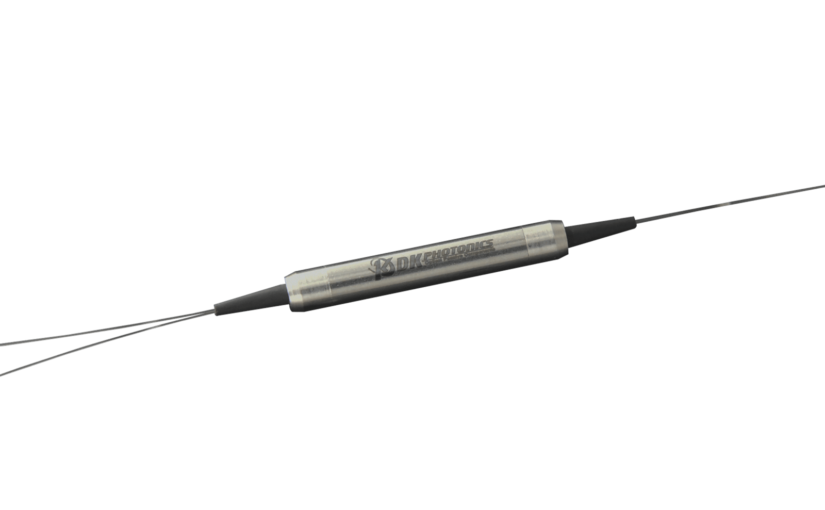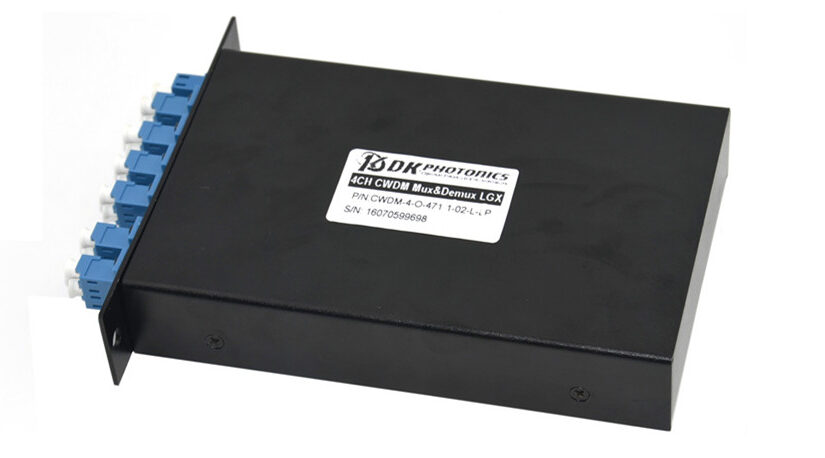In the world of fiber optics, the efficiency and performance of optical systems rely heavily on components like pumps and signal combiners. These devices play a crucial role in combining multiple optical signals or pumps into a single output, simplifying optical setups and enhancing overall system performance.
What is a Pump and Signal Combiner?
A pump and signal combiner is a specialized optical component used in various fiber optic applications, particularly in fiber lasers and amplifiers. It’s designed to combine high-power pump lasers with low-power signal lasers into a single optical fiber, enabling efficient energy transfer and amplification.
How Does It Work?
- Combining Signals: The combiner merges pump signals, which provide the energy required for amplification, with weaker signal inputs, such as data signals, into a single optical path.
- Efficient Energy Transfer: By combining the signals, the combiner ensures that the pump energy efficiently transfers to the signal, enabling effective amplification without significant losses.
- Enhanced System Performance: With all signals merged into one fiber, the system becomes more compact, simpler, and easier to manage, leading to improved overall performance.
Applications
- Fiber Lasers: Pump and signal combiners are integral components in high-power fiber lasers, where they combine pump lasers with signal lasers to achieve efficient amplification and laser output.
- Fiber Amplifiers: In optical fiber amplifiers, these combiners play a crucial role in combining multiple pump sources with signal inputs for effective signal amplification.
- Telecommunications: They are also used in telecommunications networks for signal amplification and transmission over long distances.
Advantages
- Simplicity: By combining multiple signals into one fiber, the system design becomes simpler and more compact.
- Efficiency: Pump and signal combiners ensure efficient energy transfer between pump and signal sources, maximizing system performance.
- Cost-Effectiveness: They contribute to cost savings by reducing the need for additional optical components and simplifying system maintenance.
In conclusion, pump and signal combiners are essential components in fiber optic systems, enabling efficient energy transfer and amplification of optical signals. Their role in simplifying system design, enhancing performance, and reducing costs makes them indispensable in various applications across industries.




